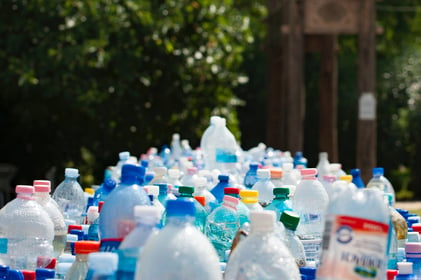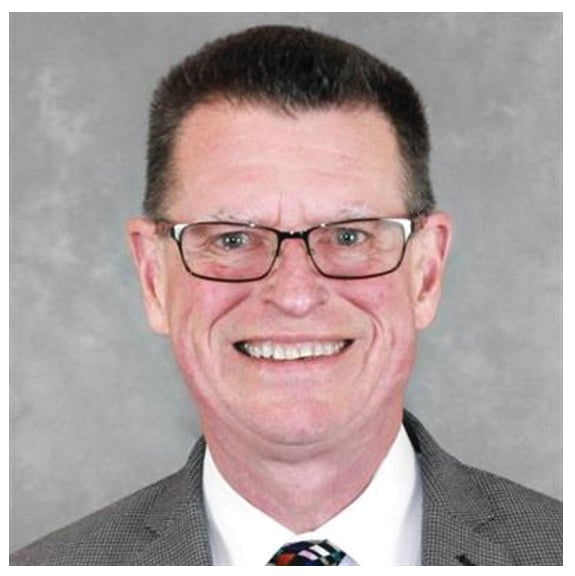Ever since the PFAS Action Plan of 2019 was released by the U.S. EPA, the world of PFAS contamination, testing, and regulation has been moving forward at breakneck speed. To help Pace® customers stay up to date, we’re compiling the news and developments we think should be on everyone’s radar.
Want Pace® News and Views delivered to your inbox? Subscribe here.
EPA TARGETS FLUORINATED PLASTICS
T he highest-profile litigation often centers on manufacturers of PFAS chemicals, but the direct source of PFAS contamination can be the products in which PFAS is either used as an ingredient or in the manufacturing process. Earlier this month, the EPA sent an open letter to the fluorinated plastics industry, reminding them of the PFAS Significant New Use Rule (SNUR) notification requirements under the Toxic Substances Control Act (TSCA).
he highest-profile litigation often centers on manufacturers of PFAS chemicals, but the direct source of PFAS contamination can be the products in which PFAS is either used as an ingredient or in the manufacturing process. Earlier this month, the EPA sent an open letter to the fluorinated plastics industry, reminding them of the PFAS Significant New Use Rule (SNUR) notification requirements under the Toxic Substances Control Act (TSCA).
Not sure if your fluorinated plastics contain PFAS? Pace® offers testing services for selected industrial and consumers products that can identify how much and which PFAS are present. To learn more, reach out to our emerging contaminants team.
MINNESOTA STEPS UP INDUSTRIAL MONITORING PROGRAM
The fluorinated plastics industry is not the only one in the PFAS hot seat lately. The Minnesota Pollution Control Agency has identified nearly 400 facilities, including regional airports, landfills, and industrial sites, that may be emitters of PFAS. The agency is quick to point out that inclusion in the monitoring program does not necessarily mean the site is a known PFAS emitter. The purpose of the program is to find out which facilities should be monitored more closely.
IS MAINE THE CANARY IN THE COAL MINE?
Maine has a robust agricultural industry, from its 8000+ small, sustainable farms to major producers of dairy and produce. Then, researchers started discovering PFAS in milk, cheese, and other food products. Not known for its chemical manufacturing, many were stumped as to what the source of contamination could be.  As it turns out, those studying the problem believe they have traced the source back to the biosolids land applied as soil supplements in Maine. Now Maine’s legislature has jumped into action, enacting several pieces of PFAS-related legislation and introducing even more. Here are a few notable examples:
As it turns out, those studying the problem believe they have traced the source back to the biosolids land applied as soil supplements in Maine. Now Maine’s legislature has jumped into action, enacting several pieces of PFAS-related legislation and introducing even more. Here are a few notable examples:
- LD558 (enacted) directs the state’s Department of Agriculture, Conservation and Forestry to develop a study plan relating to PFAS contamination in the agricultural sector.
- LD1600 (enacted) established a land-application monitoring fund.
- LD1911 (introduced) requires the annual screening of biosolids to be applied as fertilizer.
- LD1875 (introduced) seeks to address the immediate source of PFAS in biosolids: state-owned solid waste disposal facilities.
The U.S. EPA estimates that about 50% of biosolids produced in the U.S. are used as soil amendments. The focus Maine has brought to the issue may trigger other states to take a closer look at their agricultural and waste management practices as well.
LEARNING RESOURCES
HOW LOW CAN WE GO? PFAS DETECTION LIMITS
With the EPA sending several revised assessments of the impact of PFAS on health to its Science Advisory Board, many in the industry are wondering if the agency is signaling a willingness to issue new health advisory levels at much lower limits. Water and Wastes Digest recently interviewed Lathrop GPM’s PFAS Sub-Group Leader on the challenges of going from ppt (parts per trillion) to ppq (parts per quadrillion) detection levels with today’s technologies. Watch the Interview.
PACE® WEBINAR: PFAS CONSIDERATIONS FOR WASTEWATER PROFESSIONALS
The U.S. EPA’s 2021-2024 PFAS Strategic Roadmap has a much greater focus on PFAS in wastewater than ever before. In early March, Pace® gave an update on PFAS technical and regulatory issues of concern to municipal and industrial wastewater professionals. This webinar is now available on-demand.




.jpg)